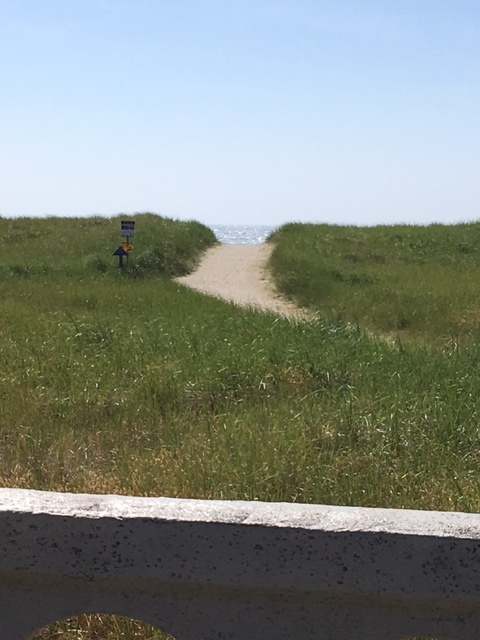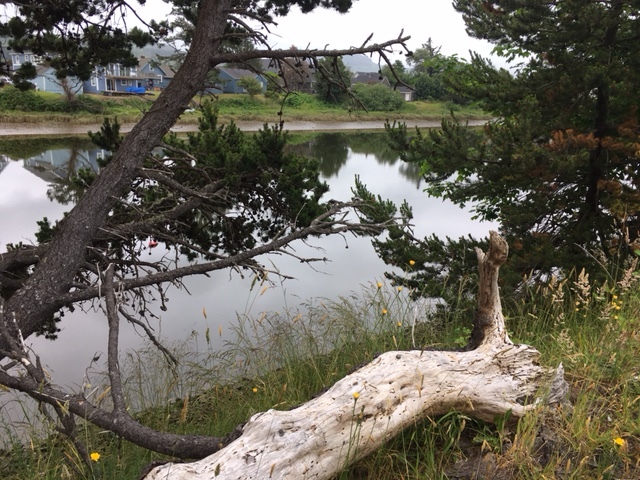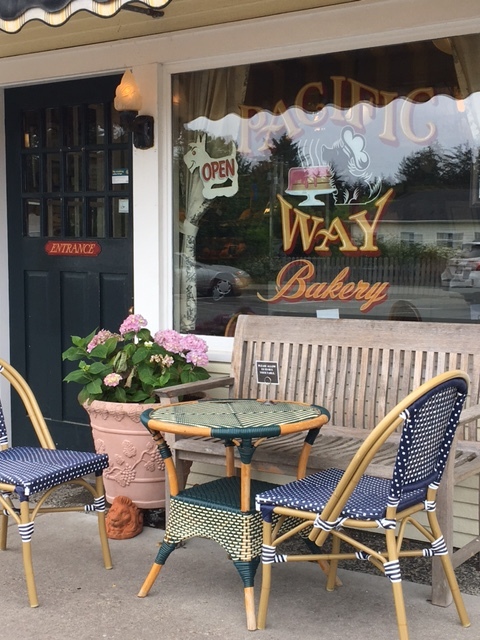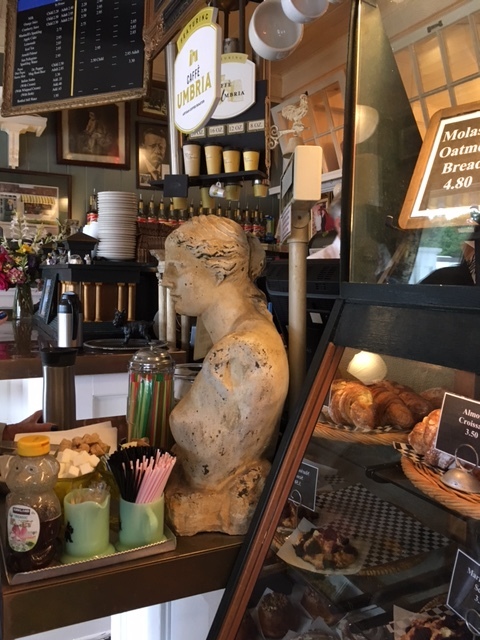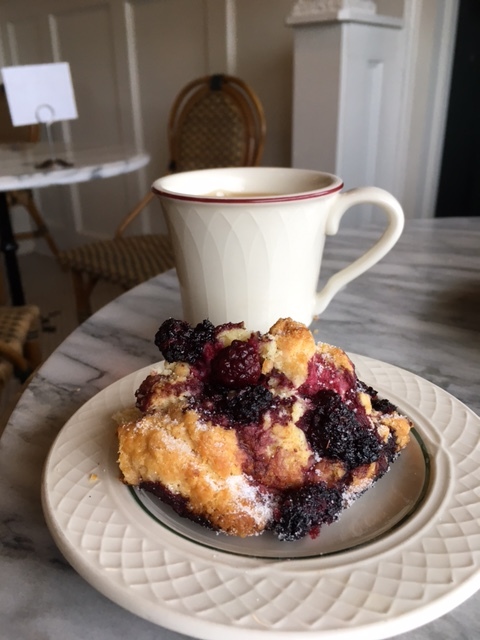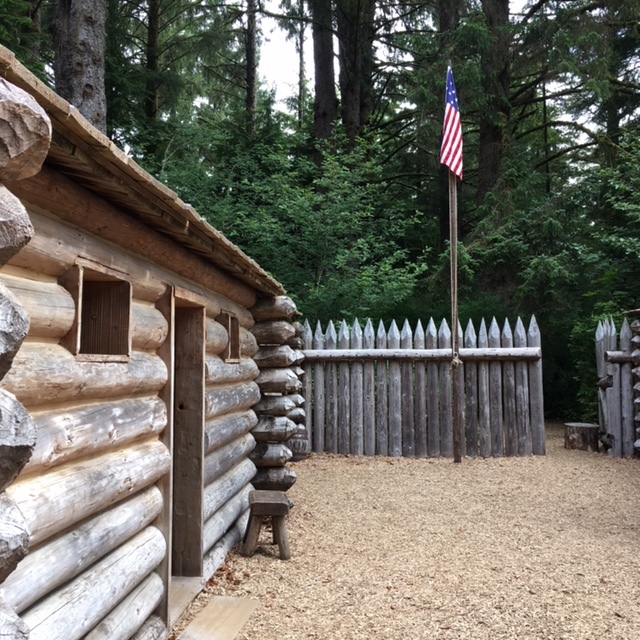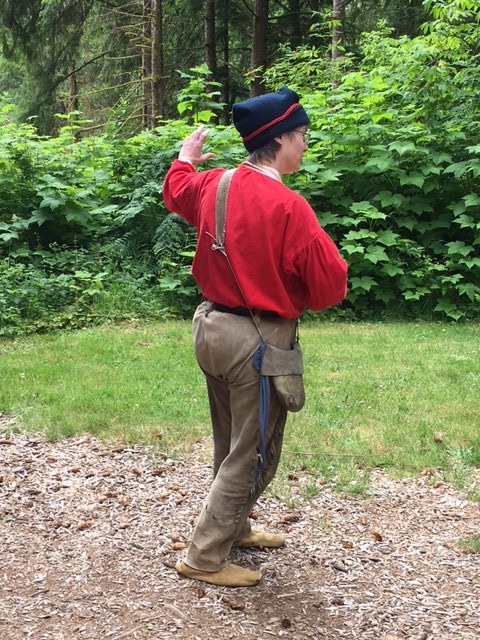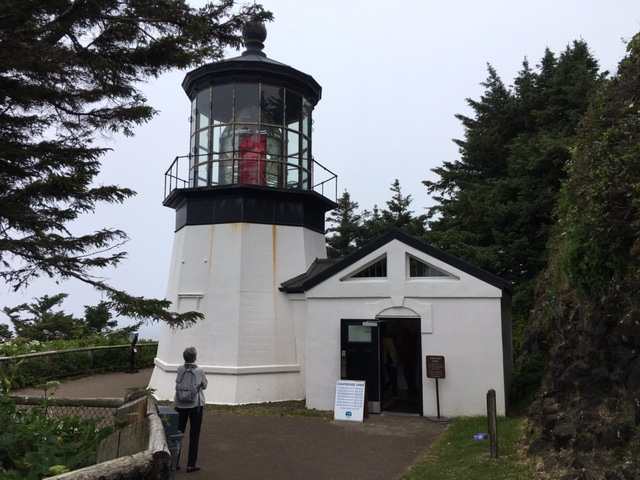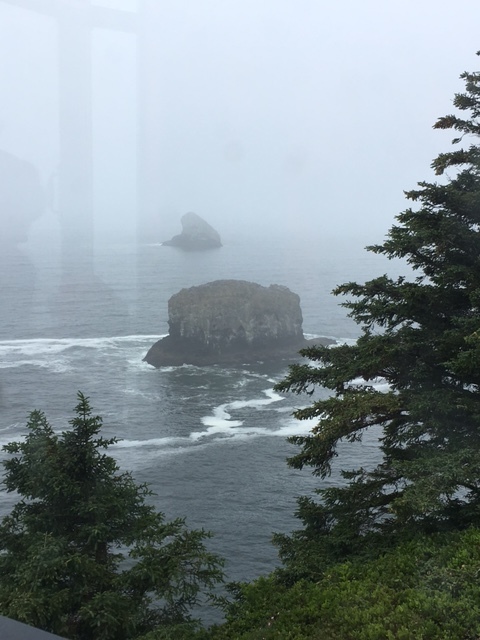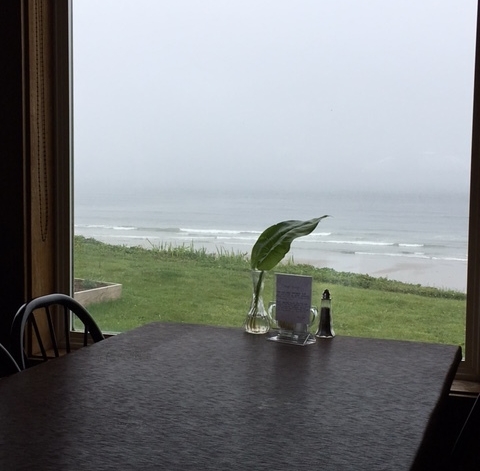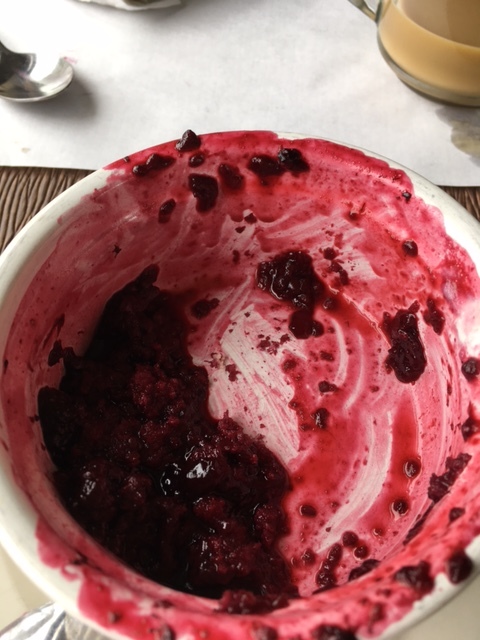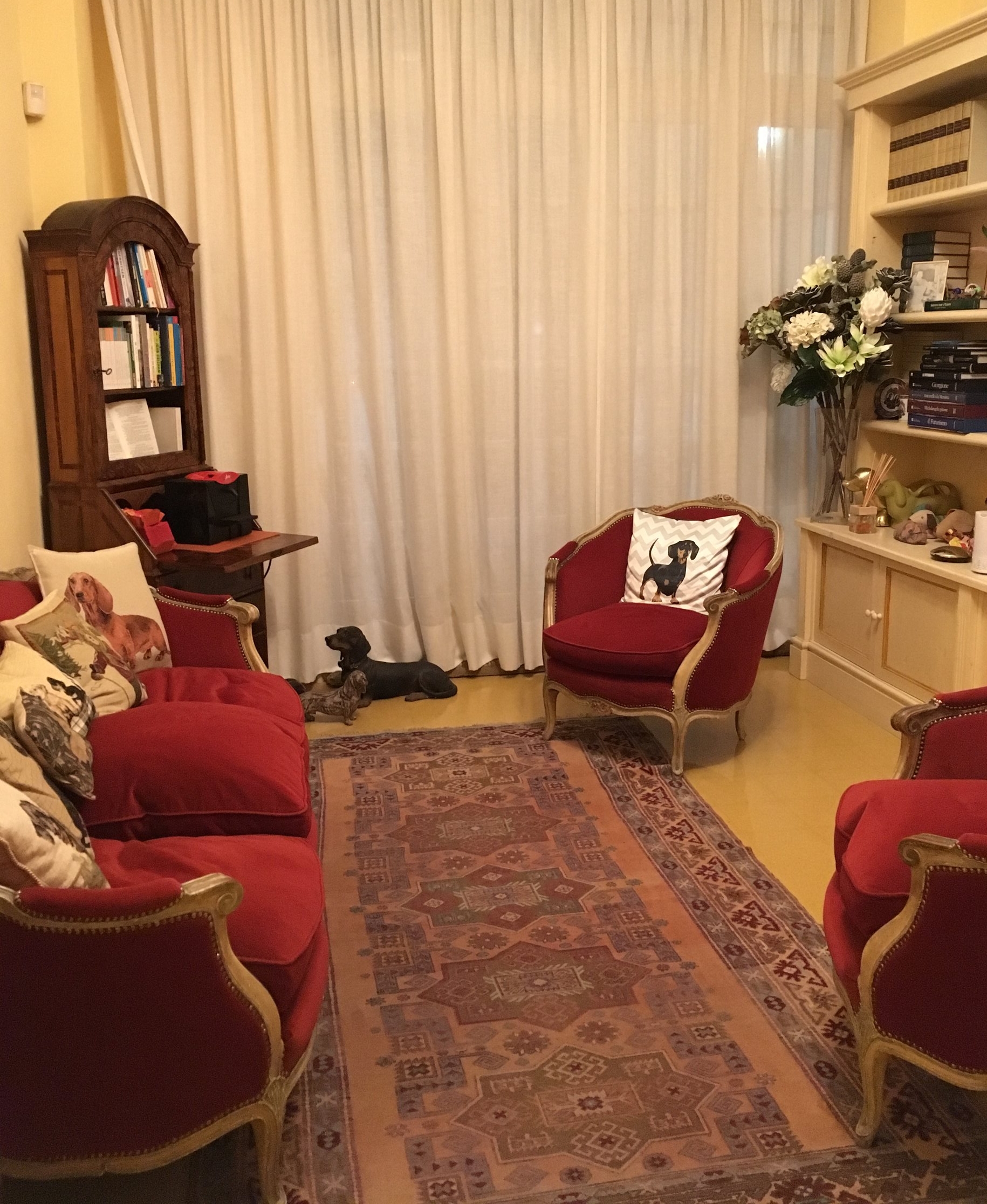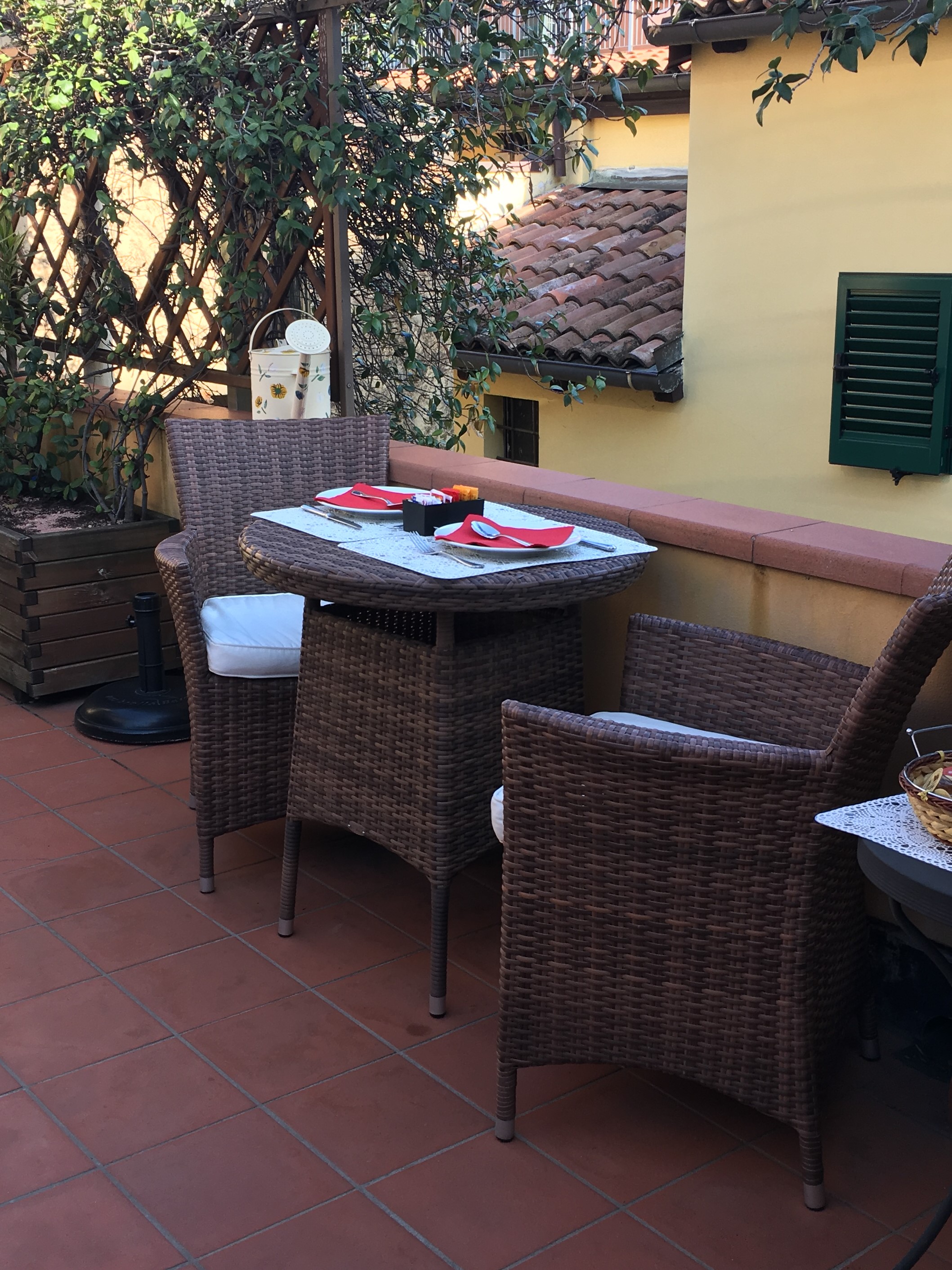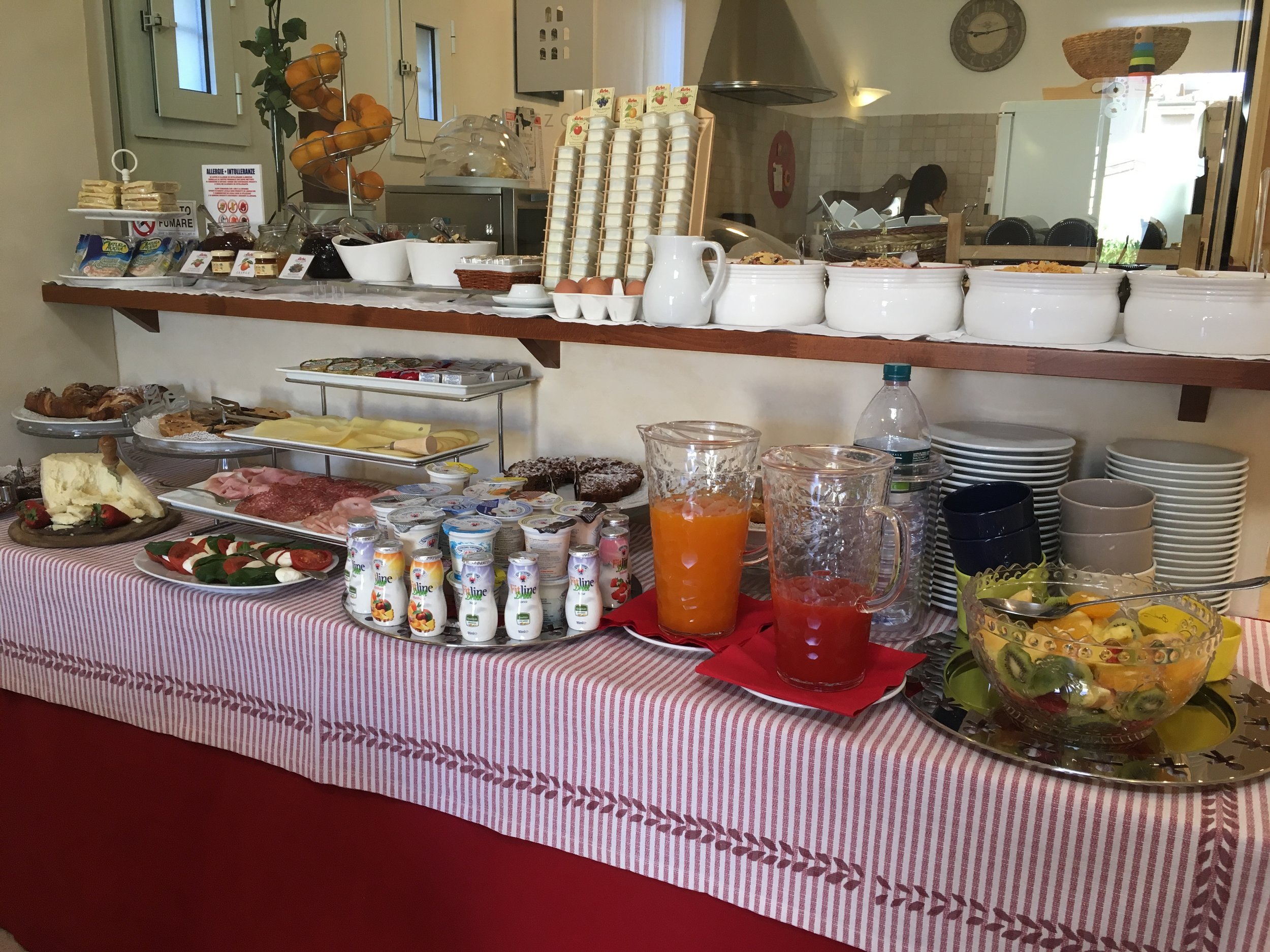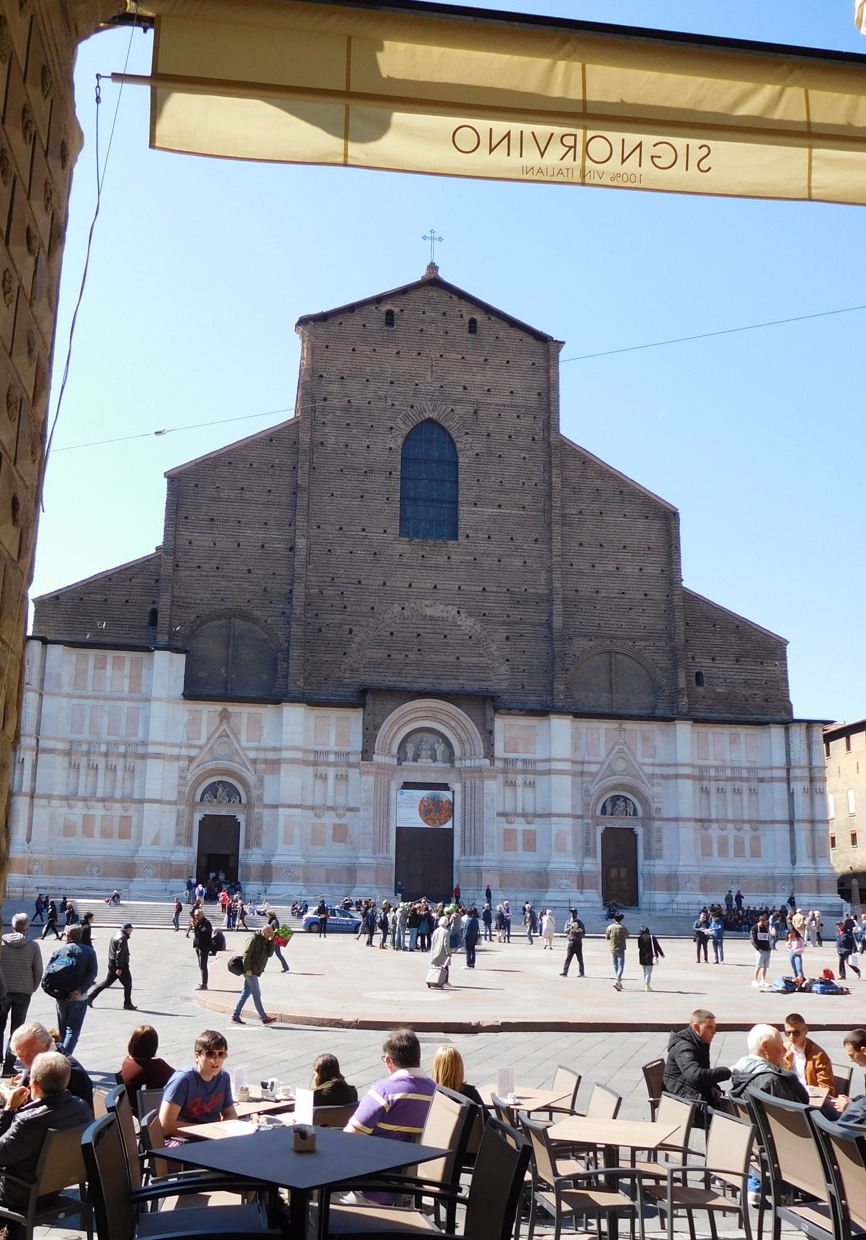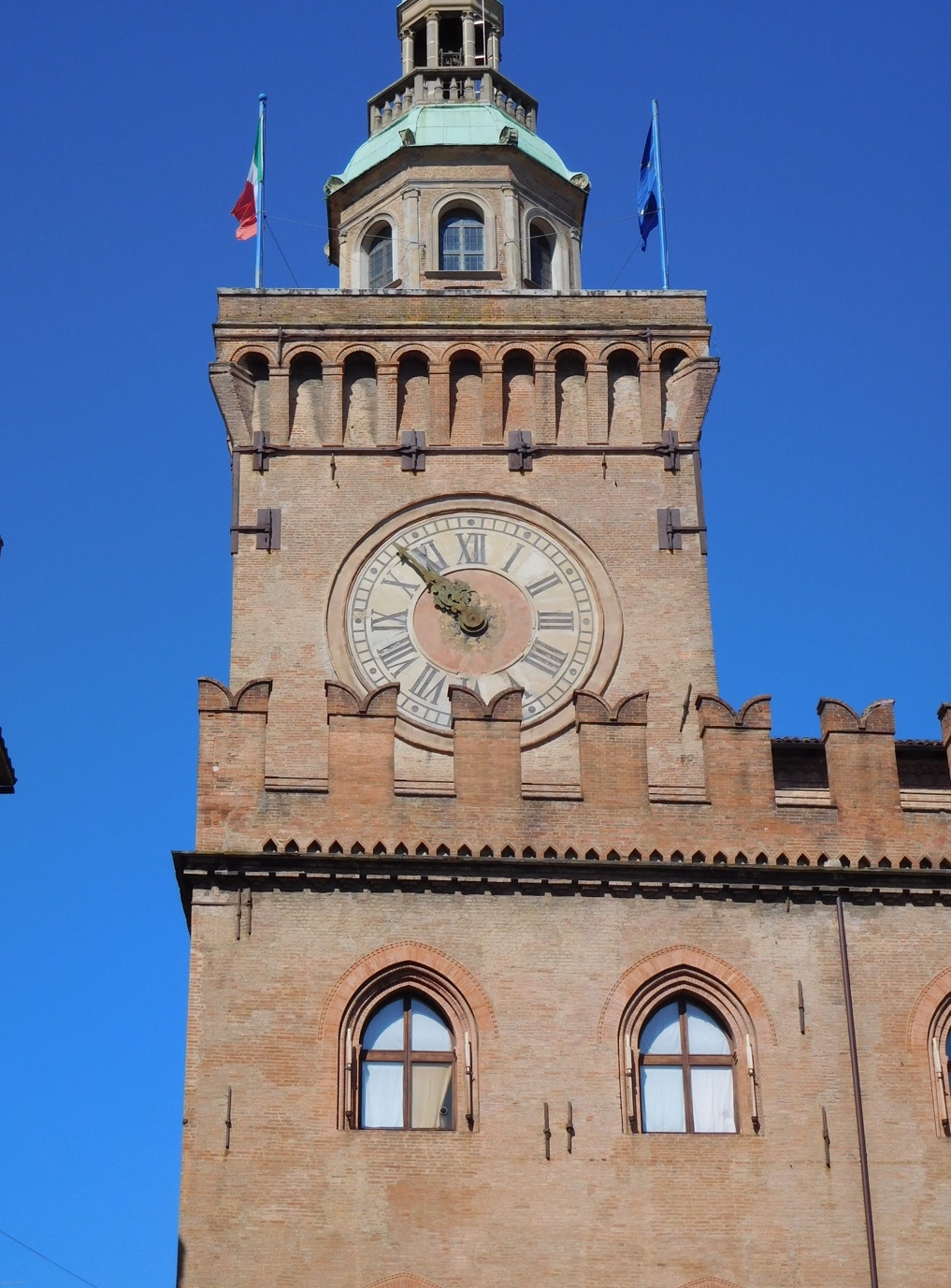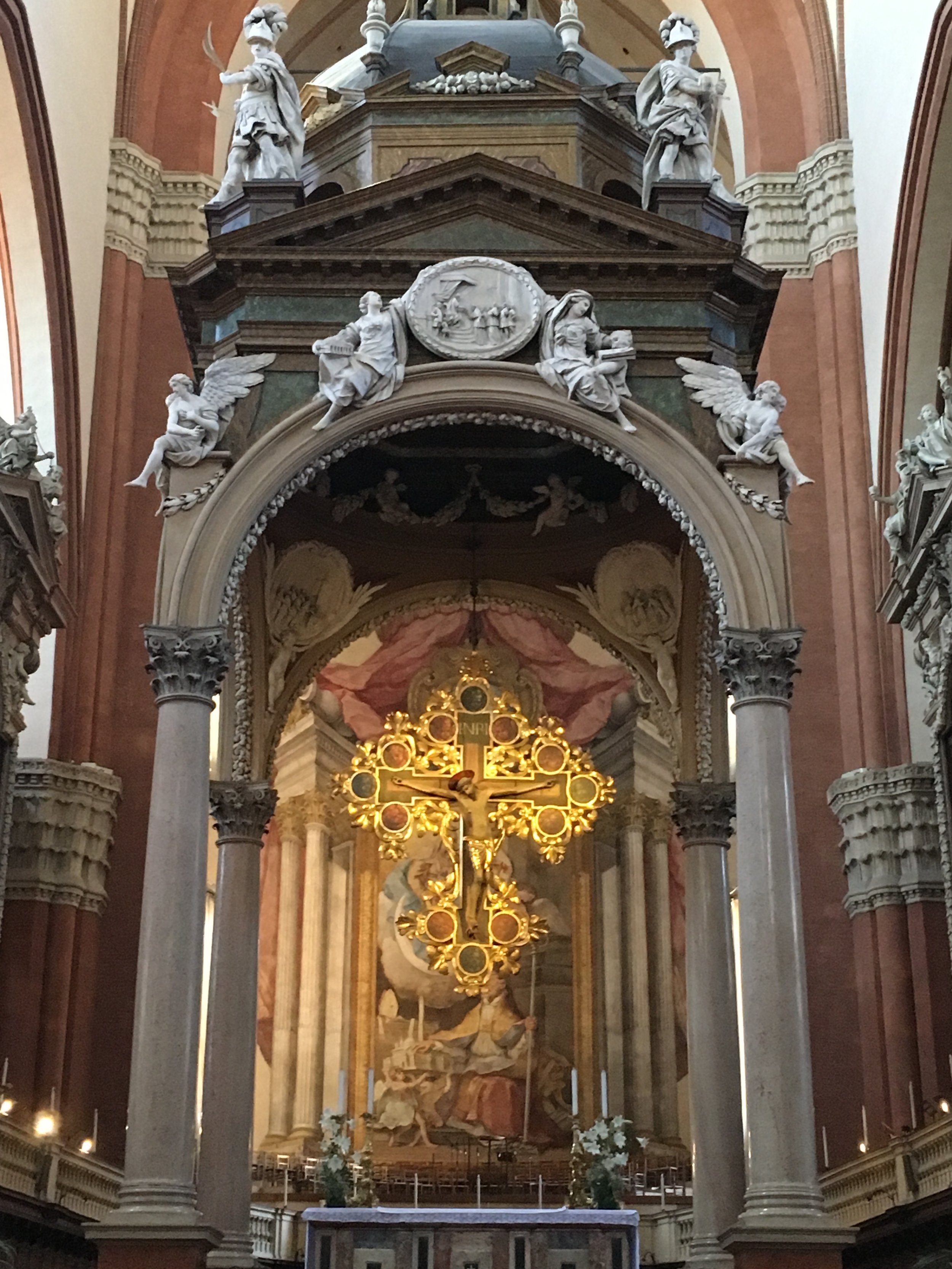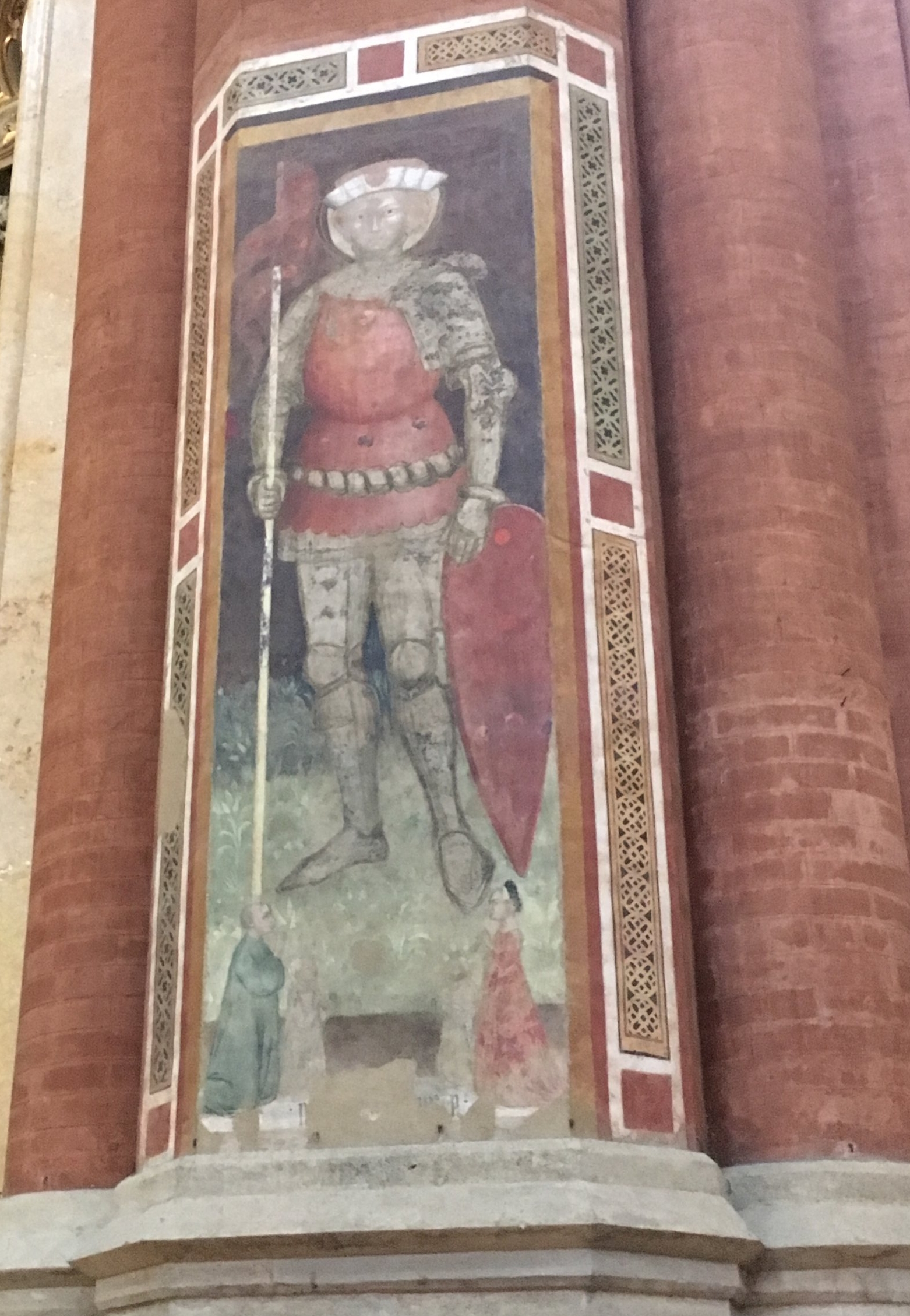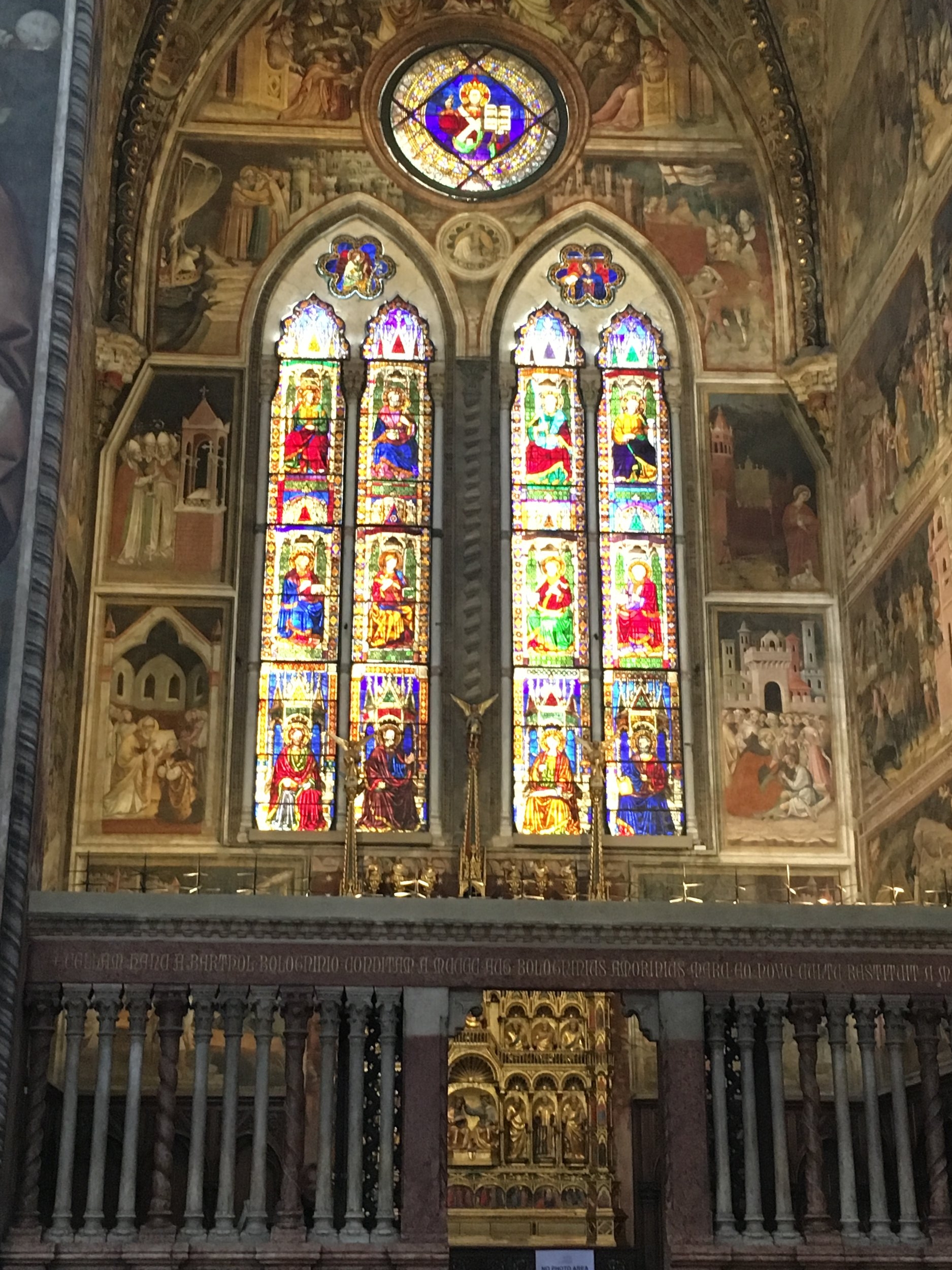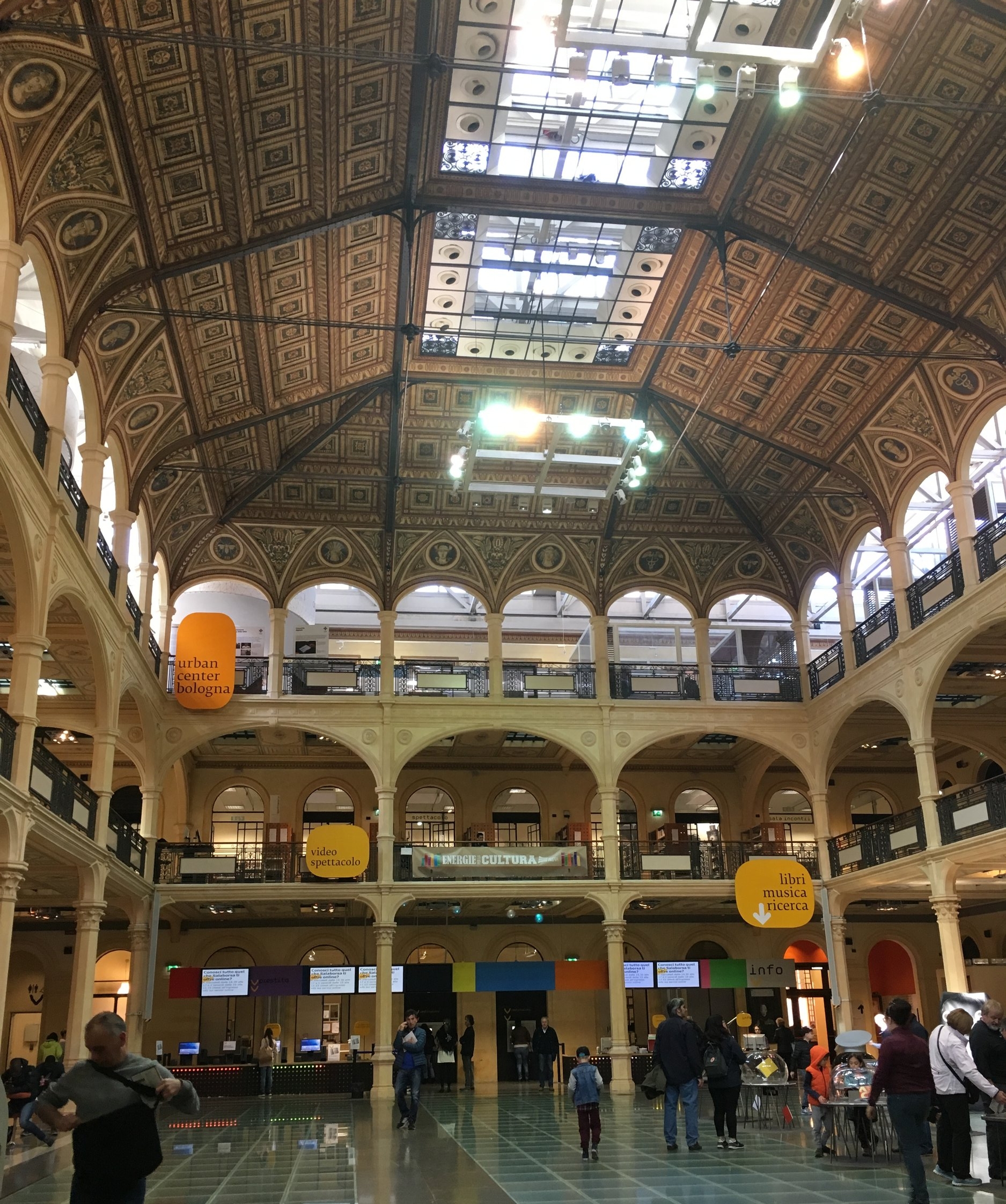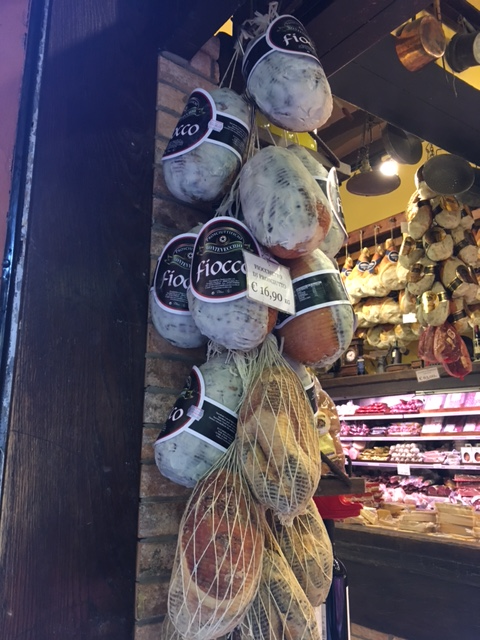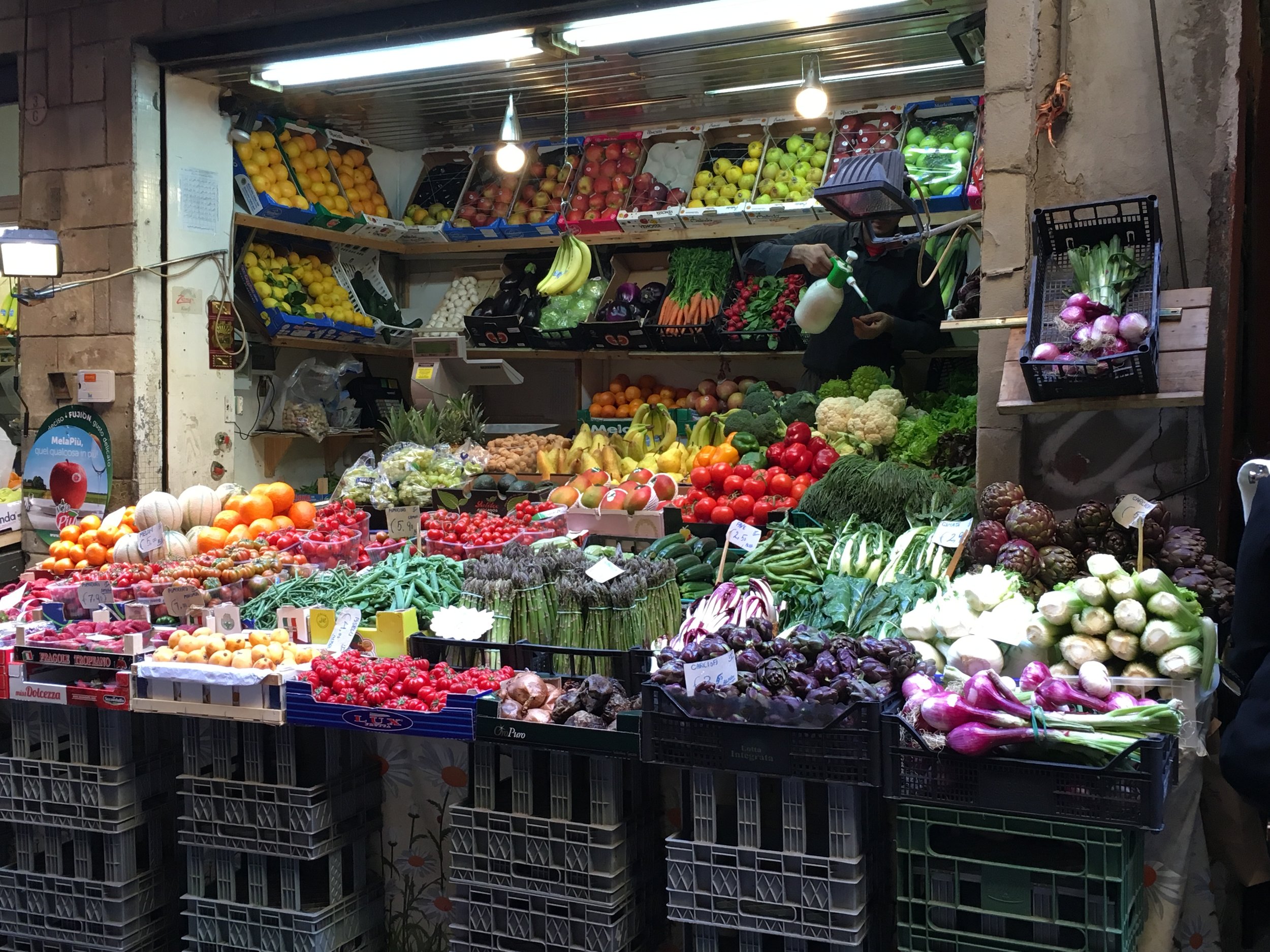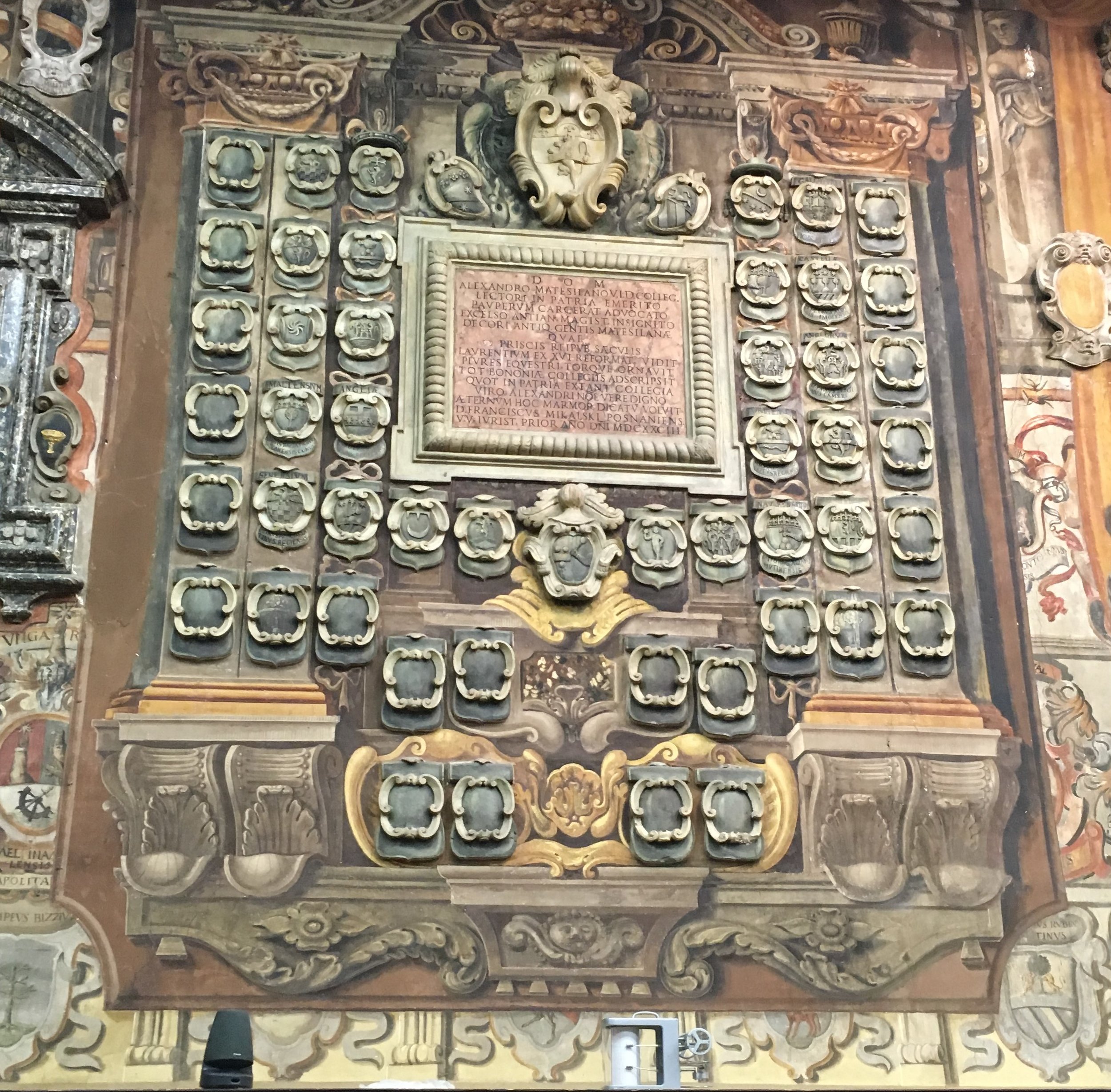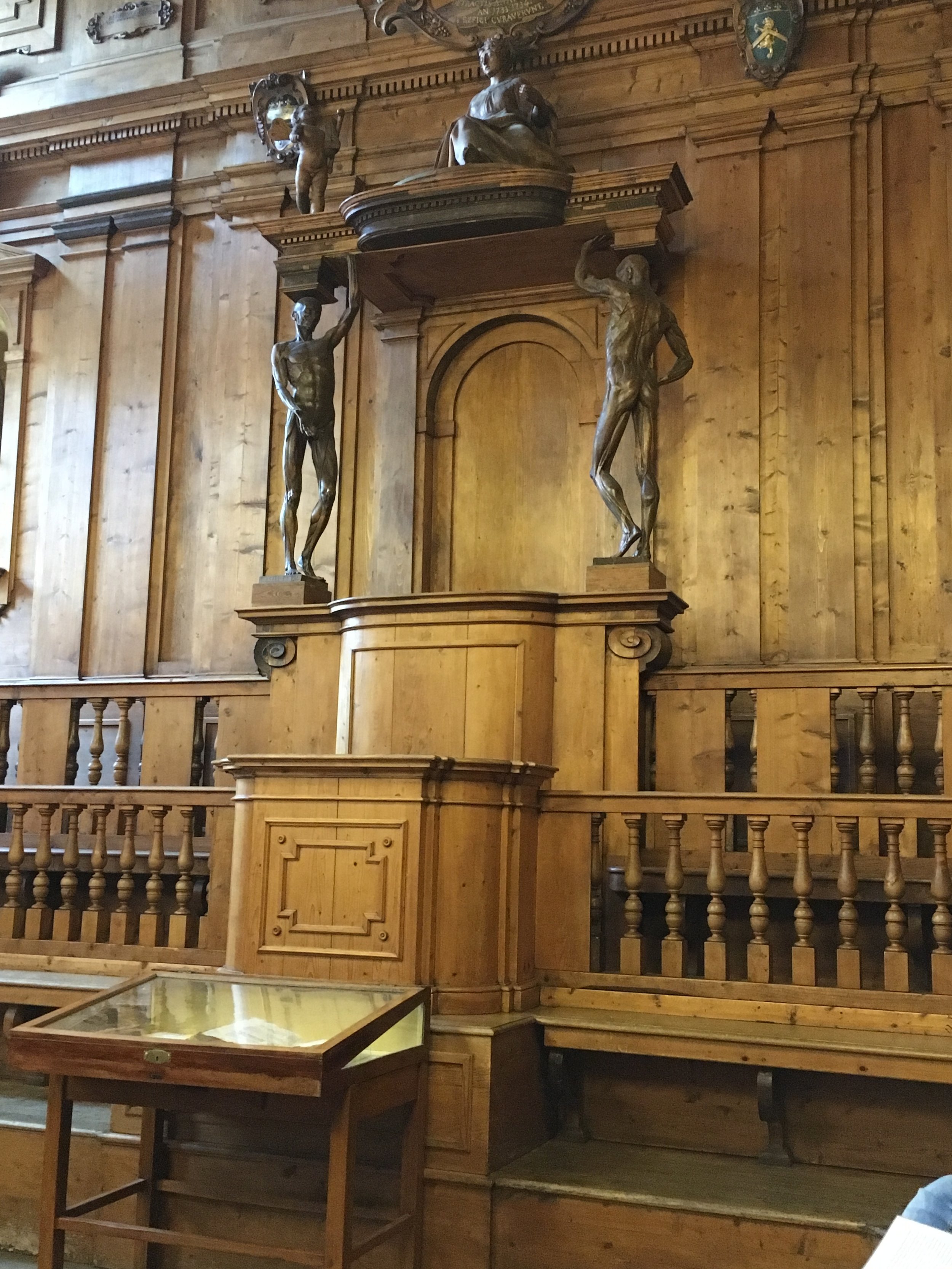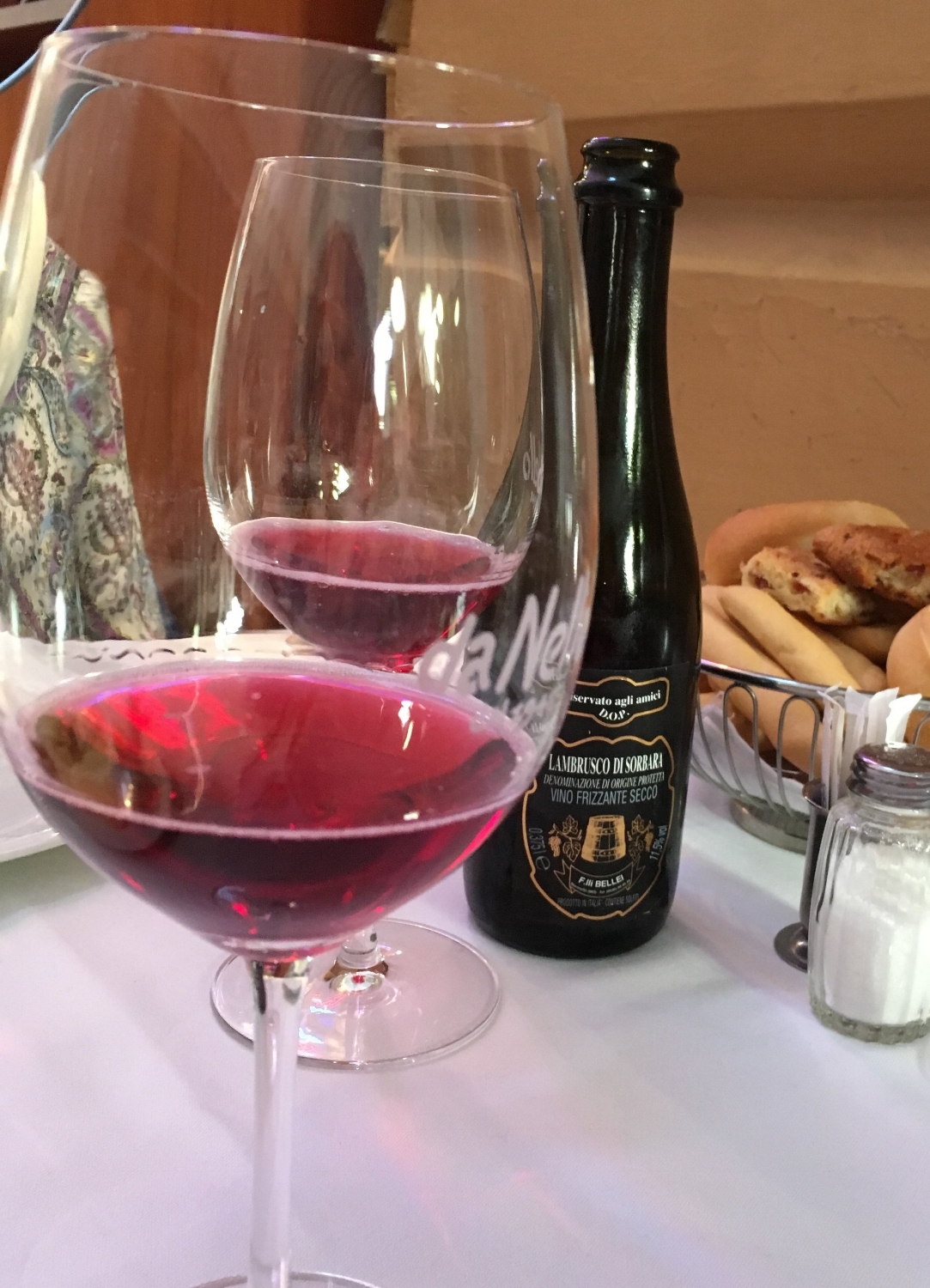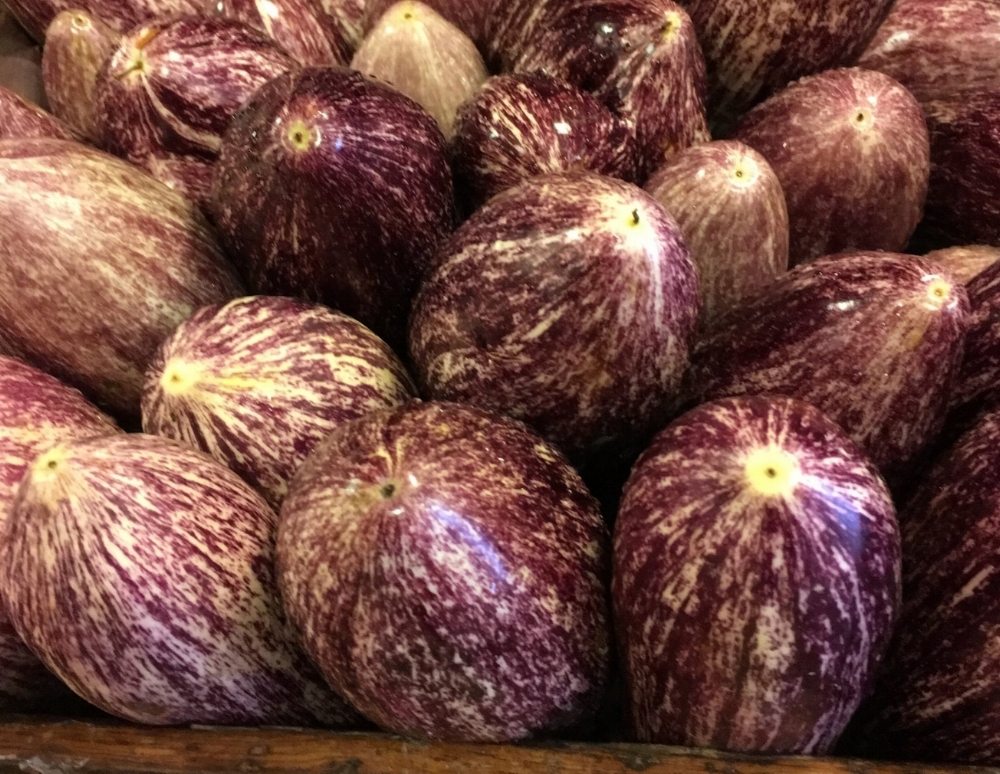Escaping the Summer Heat in Coastal Oregon
As much as I love Italy, I avoid visiting in summer when it’s hot, humid, and crowded. Even though the grapes and lemons are ripening, the days are long, and the Mediterranean is sunny and inviting, I skip Italy in June, July, and August.
But there is something about summer that calls out for travel and so, with temperatures at home in New Mexico topping 100 degrees for a week straight, I needed a summer vacation spot. Somewhere with cool temperatures, reasonable prices, and not too far from home. Somewhere like the northwestern United States, specifically the northern coast of Oregon, along the Pacific Ocean.
The dramatic Oregon coast.
The coast here is rocky, foggy, wild, and wind-swept. The temperatures are cool and the air often damp and misty. But then the mist clears, the sun comes out, the sand warms, and the beaches become playgrounds perfect for walking, kite flying, sand castle building, and playing at water’s edge. The water remains cold, but the kids and dogs don't seem to notice as they run into the waves. At night, people build fires on the beach – and what's better than sipping wine by the fire while listening to the waves break on the beach?.
Seaside, Oregon
Here are some highlights from the four days in late June that I spent exploring the northern Oregon coast.
Sand dunes and beach, Seaside, Oregon
Seaside is a classic family beach town. It has beautiful scenery, long stretches of beach, a 1.5-mile walking path (the “prom”) along the beach, and an arcade-like atmosphere that kids love. There is also a river, perfect for paddle boats and crabbing. The local specialties are fish and chips (with fresh salmon and tuna) and anything made with crab. There are plenty of hotels and condos and also cute cottages to rent at reasonably good prices. Seaside is a great central location for exploring the coast and it's where I chose to stay during my visit.
Gearhart (a few minutes north of Seaside) was my favorite spot on the northern coast. It’s a small village with charming homes, beautiful beaches (you can drive right to the water's edge at Sunset Beach), a seaside links golf course, a quaint downtown, and not one traffic light. It's also home to, in my estimation, the best bakery on the Oregon coast – the Pacific Way Bakery. I love the character of small, locally owned places like this. The setting is quirky and inviting; the owners friendly. It's a popular place with a steady stream of happy customers. The fresh baked goods – savory vegetable tarts, breads, croissants, coffeecakes, pastries - all look delicious. I would have loved to try them all, but settled on a marionberry scone. Not too sweet, packed with berries, and delicious! Good coffee too. I’d travel all day just for those scones!
Fort Clatsop, deep in the woods outside of Astoria, is a Lewis and Clark expedition campsite. There is an interesting small museum, a true-to-history re-creation of their log cabin campsite, demonstrations about life at the fort, and beautiful walking paths along the river where Lewis and Clark launched their canoes. This is a must for history buffs. A detour to nearby Astoria is worthwhile to see the huge ships enter the mouth of the Columbia River from the Pacific.
Canon Beach, about eight miles south of Seaside, has beautiful scenery, including dramatic Haystack Rock. There are long stretches of white sand beach, great shopping, fine dining, and, as a splurge, lodging at the exquisite Stephanie Inn. Cannon Beach is more upscale (and more expensive) than neighboring Seaside but it's full of art galleries and has a more "adult" vibe.
Haystack Rock, Cannon Beach, Oregon
I couldn’t pass up a stop in the only town on the northern Oregon Coast with an Italian name – the little fishing village of Garibaldi. I was hoping for an interesting history here - Italian settlers, fisherman from Napoli, a tortured love story about an Italian count .... but, as it turns out, the name came from the first postmaster - who wasn't even Italian! The story is that the Italian Giuseppe Garibaldi was a personal hero of the postmaster and so the postmaster named the town Garibaldi. The most Italian thing I found in this work-a-day village were two lone cannoli in the local bakery.
Cape Meares, Oregon
Cape Meares is about an hour south of Seaside and just a few minutes from the tiny village of Oceanside. The cape offers dramatic coastal views, wildlife viewing areas, hiking paths, and an old lighthouse. Up the winding lighthouse steps is the lantern that protected ships along this stretch of coast for many years (now decommissioned). The brief tour gave interesting historical and mechanical perspective about the lighthouse.
Roseanna’s Café in Oceanside is a perfect spot for lunch after visiting Cape Meares. The best tables are by the window and have spectacular and often stormy views. The service is friendly and the clam chowder unique for the addition of dill. The marionberry cobbler is served warm a la mode or with a dollop of whipped cream. The cobbler alone makes it worth the drive.
The northern Oregon coast is a unique part of the United States, a bit of a hidden gem, and well worth a summer visit. Don't forget to try the marionberries! -post by JMB
The rocky coast at Oceanside, Oregon.



